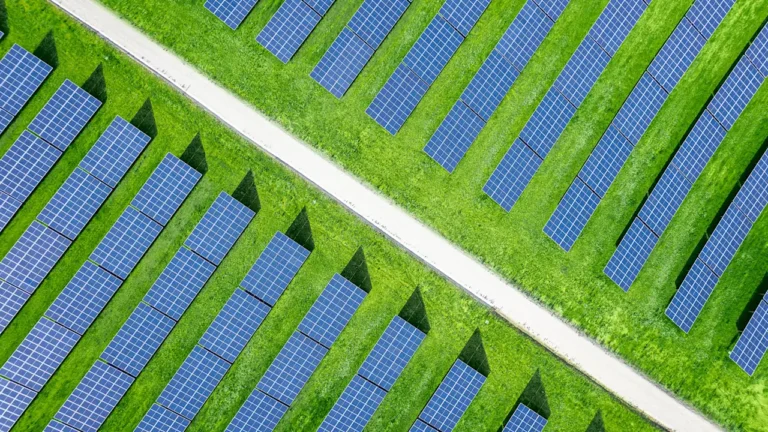
The United States has about 640 million acres of public land, covering national parks to conservation areas and wild rivers to lake shores.
These lands contain resources like oil and gas reserves, or minerals like lithium and copper that could be mined. But they’re also home to hiking trails, camping sites, fishing spots, and all sorts of outdoor recreational activities—activities that contribute billions of dollars to our economy.
Outdoor recreation specifically on federal public lands and waters generates $128 billion in economic activity every year, according to a new report by the Outdoor Recreation Roundtable (ORR), a coalition of trade associations and outdoor organizations.
That translates to $351 million a day from access to outdoor recreation on public lands and waters—or $14.6 million in economic value every hour.
The ORR report is a first-of-its-kind assessment meant to highlight the value of keeping public lands open and available to such activities, rather than closing them off to outdoor enthusiasts so that they can be mined and drilled for resources.
The report comes amid the longest government shutdown in U.S. history, during which national parks have limited staff and so may also limit public access.
The study also follows multiple attacks on public lands by President Donald Trump, from considering selling off millions of acres to actually opening up public lands to more drilling and mining.

Outdoor recreation as an ‘economic engine’
Outdoor recreation in the U.S. is a $1.2 trillion industry, supporting more than five million jobs and made up of more than 110,000 businesses (plus the countless individuals who partake in all sorts of activities, from boating to RVing to hiking).
Whitney Potter Schwartz, ORR’s senior vice president of communications and operations, calls this industry “one of America’s greatest economic engines.”
Yet, there hasn’t been a comprehensive picture of exactly how federal lands specifically contribute to all those numbers, she adds, until the study out this week.
The $128 billion generated by such activities includes at least half a billion dollars that go straight to federal coffers through park passes, entrance fees, permits, and leases. Then there’s federal taxes revenue, which totals $5.8 billion. State and local taxes add another $5 billion.
But outdoor recreation also benefits American businesses and American workers. Of the outdoor recreation industry’s five million jobs, one in five depend on federal public lands.
When people visit public lands, they usually spend money on food, hotels, or recreational equipment. Direct annual spending by recreational visitors to federal public lands totals $72 billion, per the report.
Federal agencies, like the Bureau of Land Management and the U.S. Forest Service, produce their own economic reports, but this is the first time all the information has been pulled together to provide a collective picture of outdoor recreation on public lands, says Rob Southwick, a senior adviser at Southwick Associates, which conducted the study.
Economic models helped fill in the gaps, like to understand how much Americans spend outside of these sites.

A sustainable, long-term revenue source
Using federal public lands for outdoor recreation provides a value that is sustainable, recurring, and long term, the report shows. That’s counter to the idea of generating revenue from public lands through resource extraction including oil, gas, and minerals.
Interior Secretary Doug Burgum has proposed leveraging the country’s public lands to pay off its national debt, specifically by ramping up drilling and mining. He has said he views public lands and waters as part of the country’s “balance sheet,” full of valuable assets just waiting to be extracted.
But such resources are finite, the ORR report notes.
“When the oil, gas, or minerals are gone, so are the associated jobs, income, and tax revenues,” it reads. “Furthermore, the land may require remediation before it is fit for other uses or it may never return as a revenue-bearing asset.”
Outdoor recreation, in contrast, is a “sustainable and appreciating asset,” Schwartz says. Americans can hike, camp, and climb on the same piece of land over and over again, continuously generating money.
Recreation can also support more jobs than other activities. It’s the largest source of economic returns from U.S. Forest Service lands, the report notes, supporting 161,000 jobs.
In comparison, forest products, livestock grazing, mineral extraction, and energy production support a combined 103,200 jobs.
“Access to recreation is this economic powerhouse,” Schwartz says, “and it delivers these compounding returns year after year for the economy.”


